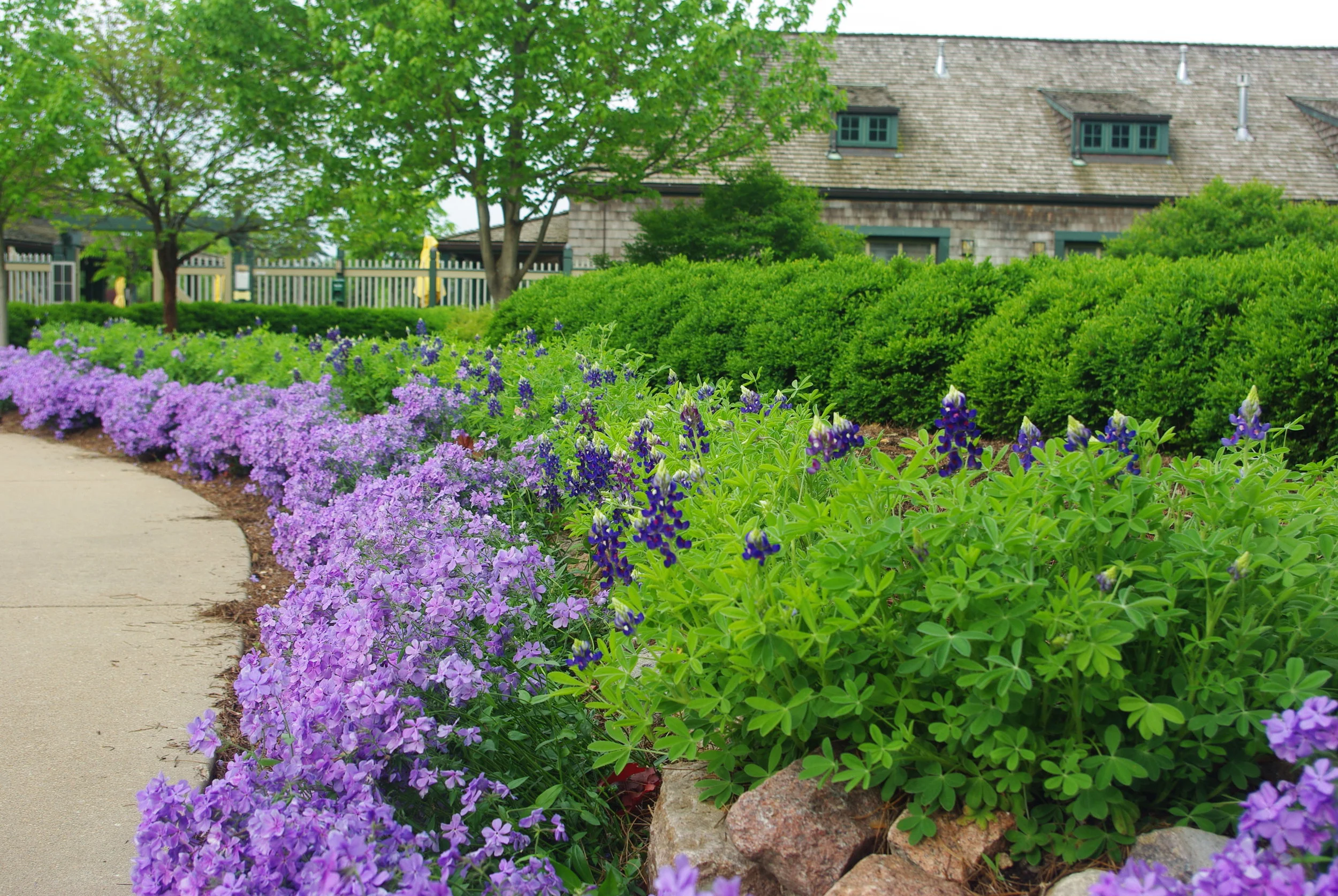In preparing the Boathouse annual beds for spring tulips, Horticulturist Patrick Greenwald employed two new techniques to keep the displays looking great through the winter.
Read MoreThere may be fewer flowers to see during a Missouri winter, but one kind of flower only comes out when it's cold. If you're in the Park in the early morning hours this winter, you might be lucky enough to see some frost flowers!
Read MoreWe welcomed 82 volunteers for the 18th annual Honeysuckle Removal event in Forest Park. Over the course of a single morning, more than 7 acres were cleared of bush honeysuckle and other invasive plant species, greatly improving the overall health of the John F. Kennedy Memorial Forest.
Read MoreEvery year, the Academy of Science – St. Louis hosts BioBlitz, an exploration and inventory of the biodiversity of urban parks. This year's event returned to Forest Park, with over 400 people participating to learn about and explore the Park's diverse ecosystems.
Read MoreWriter Krystin Arneson spent time this summer with our Nature Works interns to learn more about this unique program and the high school students who took part in its third season.
Read MoreHorticulturist Patrick Greenwald discusses the challenges of growing Texas bluebonnets in St. Louis and the stunning impact they had on this past spring's floral display at the Boathouse.
Read MoreBeginning now and continuing into early 2017, Kennedy Forest will be the site of continued strategic improvements and care. During this time, visitor access to Kennedy Forest will be limited or restricted to ensure a safe and productive work site. Trail closure signs have already been placed in some areas.
Read MoreHorticulturist Mark Halpin shines a light on a surprisingly beloved tree nestled in the Park's northeast corner.
Read MoreThis year’s theme for the summer display at the Boathouse is Fiesta!, or a celebration of summer colors. The design is in a cottage garden style, where a diverse number of plants intermingle harmoniously to make up a single display. Inspired by a visit to Chicago's Botanic Garden and Michigan Avenue, the lively rhythm of the display is accented by the raising of the center of the bed, held together with a wall of cobblestones recycled from streets around St. Louis. With every color of the rainbow represented, our planting list comes out to be 27 different species of flowers and foliage accent plants. Most of these 27 species originated in the Americas, with 12 coming from Mexico, 5 from South America and 3 from North America.
Read MoreNot far from the beautiful grove of Magnolia trees we focused on in a previous blog post, you can find the Full Circle Healing Garden.
The Full Circle Healing Garden was established in 2001 and is a 6000-square foot space located just east of the Steinberg Skating Rink parking lot. But this is no ordinary garden. Formerly turfgrass, this area is now truer to its roots with around 25 species of plants native to Missouri. The idea for the Healing Garden originated with Gary Skolnick (a Senior Statistical Data Analyst at Washington University School of Medicine), who witnessed the vibrancy of places like the Kennedy Savanna (on the west side of Forest Park) and was inspired to make a change.
Read MoreSpecies diversity is what has allowed life to spread across our planet and should be a guiding principle for any planting plan. Forest Park is already an extremely diverse landscape, but we are always working on making it better! On December 9, 2015 we introduced a previously unrecorded native species, Forestiera acuminata, commonly known as swamp privet. A riparian species (native to stream banks and wetlands), swamp privet is a woody plant species that straddles the line between tree and shrub depending on the environmental conditions that shape its growth. Riparian species often do well in urban areas because of their tolerance for low levels of oxygen in soil. This is a common problem in urban soils due to compaction from human actions ranging from construction to heavy foot traffic.
Read More











